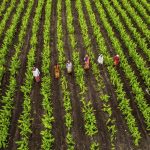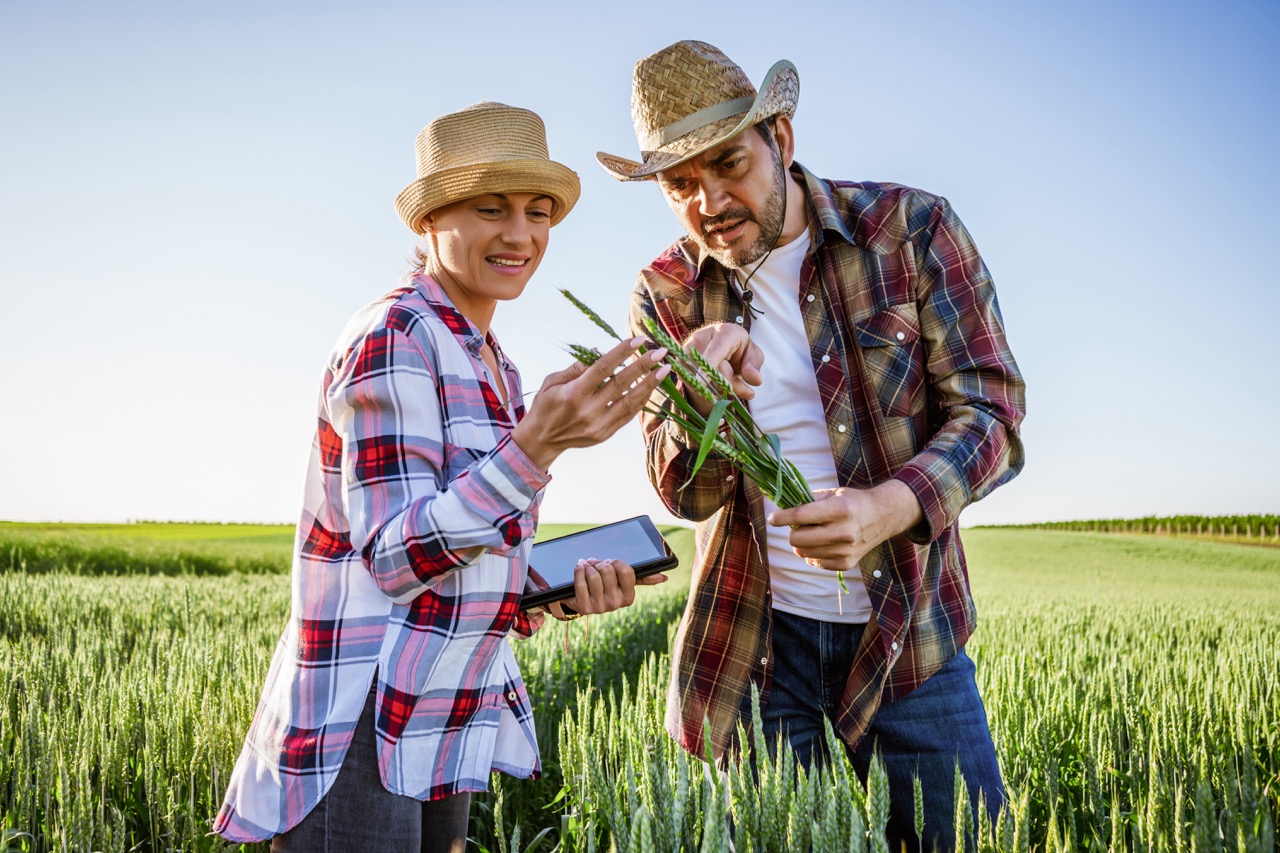The agricultural landscape has long been defined by partnerships, particularly the sharecropping model, which has evolved from its historical roots to modern agricultural practices. Sharecropping allows landowners to lease their land to individuals who cultivate crops in exchange for a share of the harvest. While this system provides opportunities for those who may lack capital, it also exposes all parties involved to significant risks, particularly from unpredictable environmental and market conditions. In this context, crop insurance emerges as a critical tool that not only protects sharecroppers but also enhances the sustainability of their partnerships with landowners. This article delves into the historical context of sharecropping, the mechanics of crop insurance, and the evolving role of insurance solutions in mitigating risk and strengthening partnerships.
Understanding Sharecropping: A Historical Context
Sharecropping has its roots in post-Civil War America, emerging as a system that enabled landowners, particularly in the South, to leverage labor while providing opportunities for formerly enslaved individuals. This arrangement allowed sharecroppers to cultivate land without the significant investment required to purchase it. The sharecropping system typically involved an agreement where laborers would receive a portion of the crop yield as compensation for their work, thereby creating a mutually beneficial relationship, albeit one fraught with challenges and inequities.
Over time, sharecropping evolved but still retained its characteristic vulnerabilities. Sharecroppers were often at the mercy of fluctuating crop prices and adverse weather conditions, which could devastate their harvests. The dependency on the landowners for supplies and the restrictive contracts often kept sharecroppers in cycles of debt, limiting their ability to invest in better farming practices or to secure their financial futures. Despite these challenges, sharecropping provided a platform for many to enter agricultural production and make a living, fostering a nuanced socio-economic relationship.
Today, sharecropping exists in various forms across the globe, adapting to local conditions and economies. However, the fundamental challenges of risk and dependency remain. As climate change intensifies the unpredictability of weather patterns, and as global markets shift, the need for robust risk management strategies has become paramount. In this landscape, crop insurance stands out as a vital mechanism for not only protecting sharecroppers but also stabilizing the entire agricultural economy.
The Mechanisms of Crop Insurance in Agriculture
Crop insurance is designed to compensate farmers for lost production due to various risks, such as drought, floods, pests, and market fluctuations. There are primarily two types of crop insurance: yield-based and revenue-based. Yield-based insurance compensates farmers when their crop yield falls below a certain threshold, while revenue-based insurance covers losses when the revenue from crops drops due to price declines or reduced production. This flexibility allows farmers, including sharecroppers, to tailor their insurance to their specific needs and vulnerabilities.
The process of obtaining crop insurance typically involves an assessment of the risks associated with the crops being cultivated, as well as an evaluation of the potential impact of adverse events. Farmers must often provide detailed records of their farming practices and past yields to secure appropriate coverage. In recent years, technological advancements, such as satellite imaging and data analytics, have streamlined this process, making it easier for sharecroppers to access insurance and receive timely payouts when losses occur.
Additionally, government programs in many countries support crop insurance initiatives, often subsidizing premiums for low-income farmers or those operating within high-risk areas. This intervention is crucial for ensuring that sharecroppers can afford insurance and remain financially viable, thereby promoting equitable agricultural practices and reducing poverty among rural populations. By making crop insurance more accessible, these programs strengthen the agricultural sector and enhance the resilience of sharecropping partnerships.
Risk Mitigation: How Insurance Supports Sharecroppers
Crop insurance serves as a vital safety net for sharecroppers, enabling them to mitigate the risks associated with agricultural production. By providing financial protection against unforeseen losses, crop insurance reduces the likelihood of devastating economic repercussions that could lead to bankruptcy or the dissolution of partnerships. When sharecroppers are insured, they can invest in better farming techniques and equipment, knowing they have a cushion against potential setbacks.
Moreover, crop insurance empowers sharecroppers to engage in long-term planning and decision-making. With the assurance that they have a fallback in case of crop failure, sharecroppers can experiment with diversifying their crops, adopting sustainable practices, and implementing innovative agricultural techniques. This adaptability is crucial in an era of climate uncertainty, where traditional farming practices may no longer suffice in ensuring production. Access to crop insurance ultimately fosters an environment of entrepreneurship, allowing sharecroppers to transition from a survival mentality to one focused on growth and sustainability.
In essence, crop insurance plays a defining role in ensuring that sharecroppers can navigate the volatility of agricultural markets and environmental challenges. By providing a layer of financial security, it cultivates trust within sharecropping partnerships, encouraging landowners to continue investing in cooperative arrangements. As both parties see the benefits of collective risk management, the partnership can evolve into a more collaborative and resilient model, enhancing the prospects for everyone involved.
Future Trends: Enhancing Partnerships through Insurance Solutions
As the agricultural sector faces increasing challenges from climate change, economic pressures, and shifting consumer demands, the role of crop insurance in sharecropping partnerships is likely to become even more significant. Future trends indicate a growing emphasis on personalized insurance products tailored to the unique circumstances of sharecroppers. This customization may include adjustable coverage levels that reflect the specific risks associated with different crops and localities, thereby offering more precise protection.
Additionally, advancements in technology will likely play a pivotal role in revolutionizing crop insurance. The integration of big data, machine learning, and remote sensing technologies can enhance risk assessment, facilitate easier claims processing, and improve overall service delivery. These innovations can empower sharecroppers to make data-driven decisions, optimize their crop yields, and ultimately reduce reliance on insurance payouts over time. This proactive approach to risk management can further strengthen the bonds between sharecroppers and landowners, fostering more equitable and sustainable agricultural practices.
Lastly, the increasing recognition of the importance of social equity in agricultural policies suggests that crop insurance solutions may also address systemic inequalities faced by sharecroppers. Policymakers are increasingly advocating for inclusive frameworks that ensure access to insurance for marginalized rural populations, thereby promoting fairer access to resources. As crop insurance evolves to meet these needs, it can serve not only as a financial instrument but also as a catalyst for transformative change within the sharecropping model, fostering resilient and empowered agricultural communities.
In conclusion, crop insurance plays a critical role in the dynamics of sharecropping partnerships, offering essential protection against the inherent risks of agricultural production. By understanding the historical context of sharecropping, the mechanics of crop insurance, and the ways in which insurance can mitigate risk, we can appreciate the potential for stronger, more sustainable partnerships within the agricultural sector. As we look to the future, it is clear that enhancing crop insurance solutions will be vital for fostering resilience and equity in agricultural practices, ultimately ensuring that both sharecroppers and landowners thrive in an increasingly unpredictable world.










